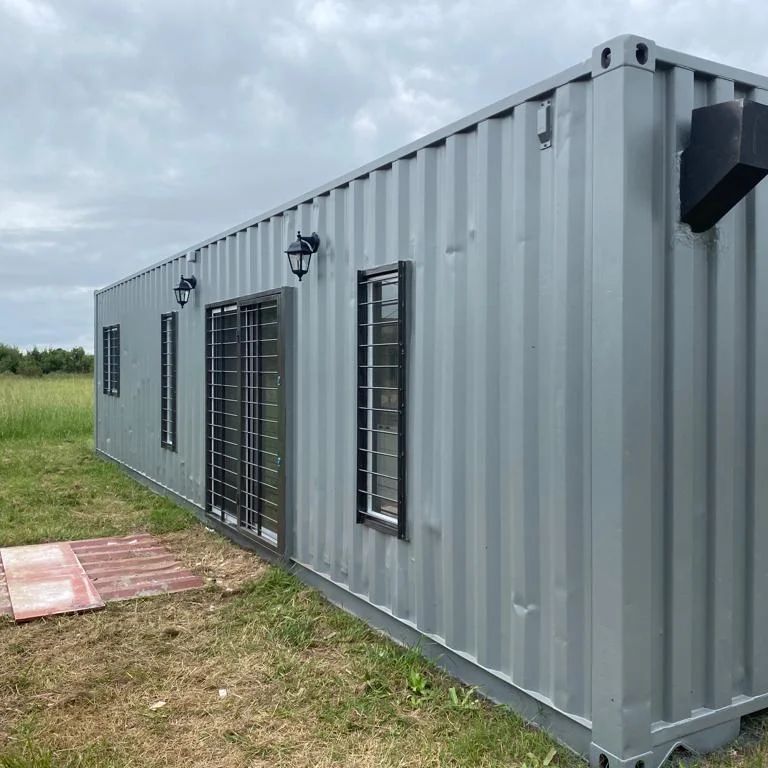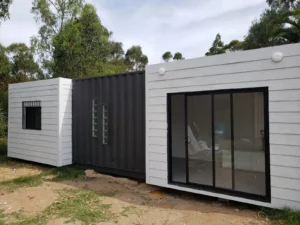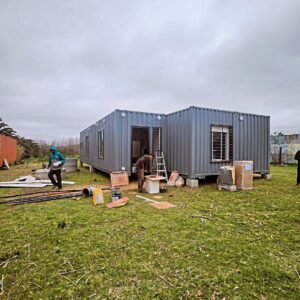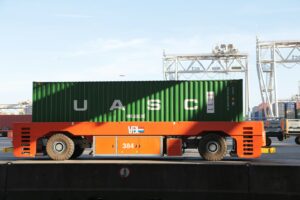Are you considering a shipping container home as your next living space? While the idea of a container home is intriguing and has gained popularity for its eco-friendliness and affordability, there are several cons to consider. Let’s delve into the drawbacks of shipping container homes and explore some alternatives.
1 Limited Space
One of the most significant drawbacks of container homes is their limited living space. The standard shipping container dimensions (usually 8 feet wide and 20-40 feet long) may not provide enough room for a comfortable lifestyle. To address this issue, homeowners often need to combine multiple containers, which can add to the cost and complexity of the project.
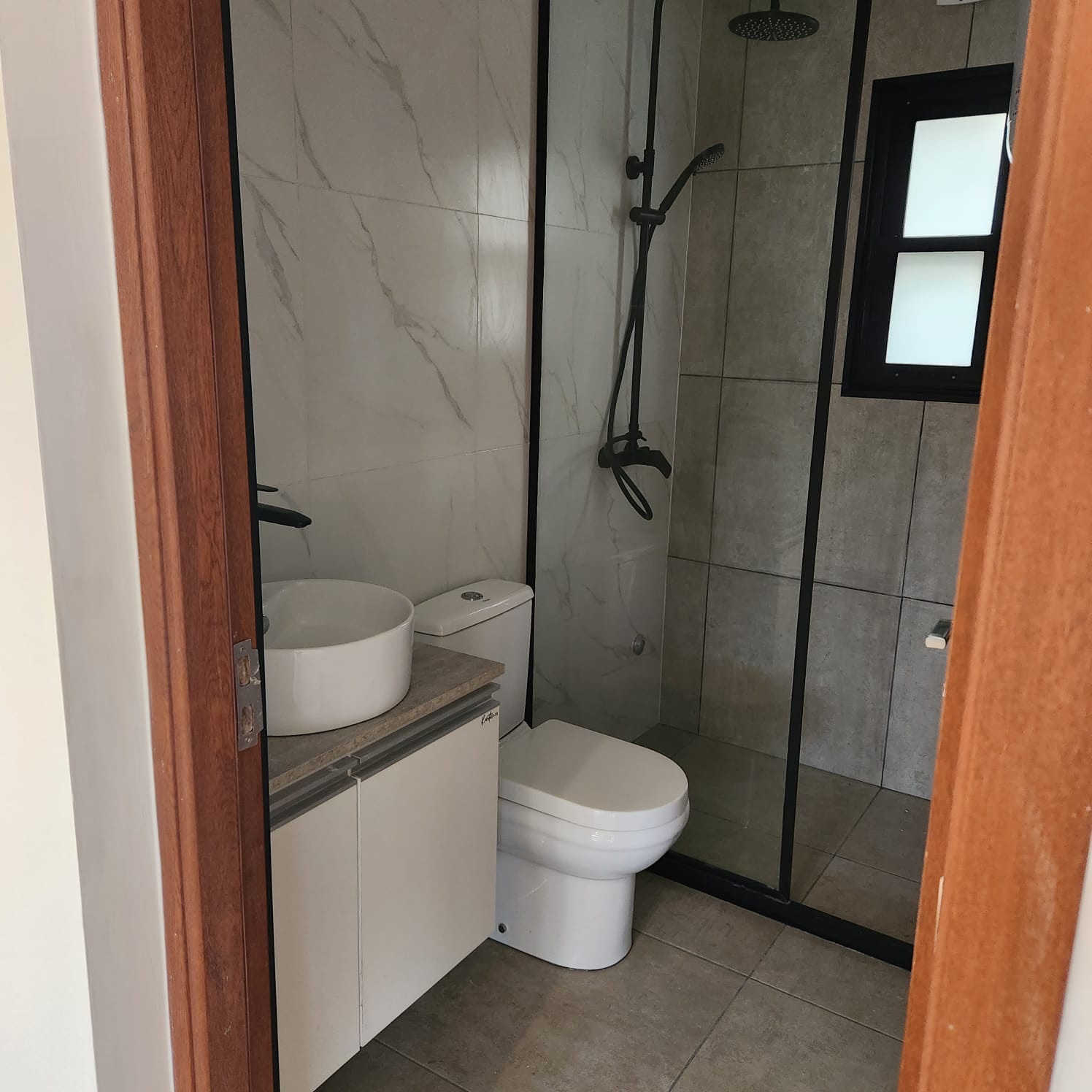
2 Insulation Challenges
Shipping containers are primarily designed for transporting goods, not for human habitation. Consequently, they lack proper insulation. Without proper insulation, container homes can become unbearably hot in summer and extremely cold in winter. Addressing insulation issues is vital but can be expensive.
3 Rust and Corrosion
Containers are exposed to harsh maritime conditions during their lifespan, which can lead to rust and corrosion. It’s essential to inspect containers thoroughly and apply anti-corrosion coatings. Rust not only affects the aesthetics of your home but can also compromise its structural integrity.
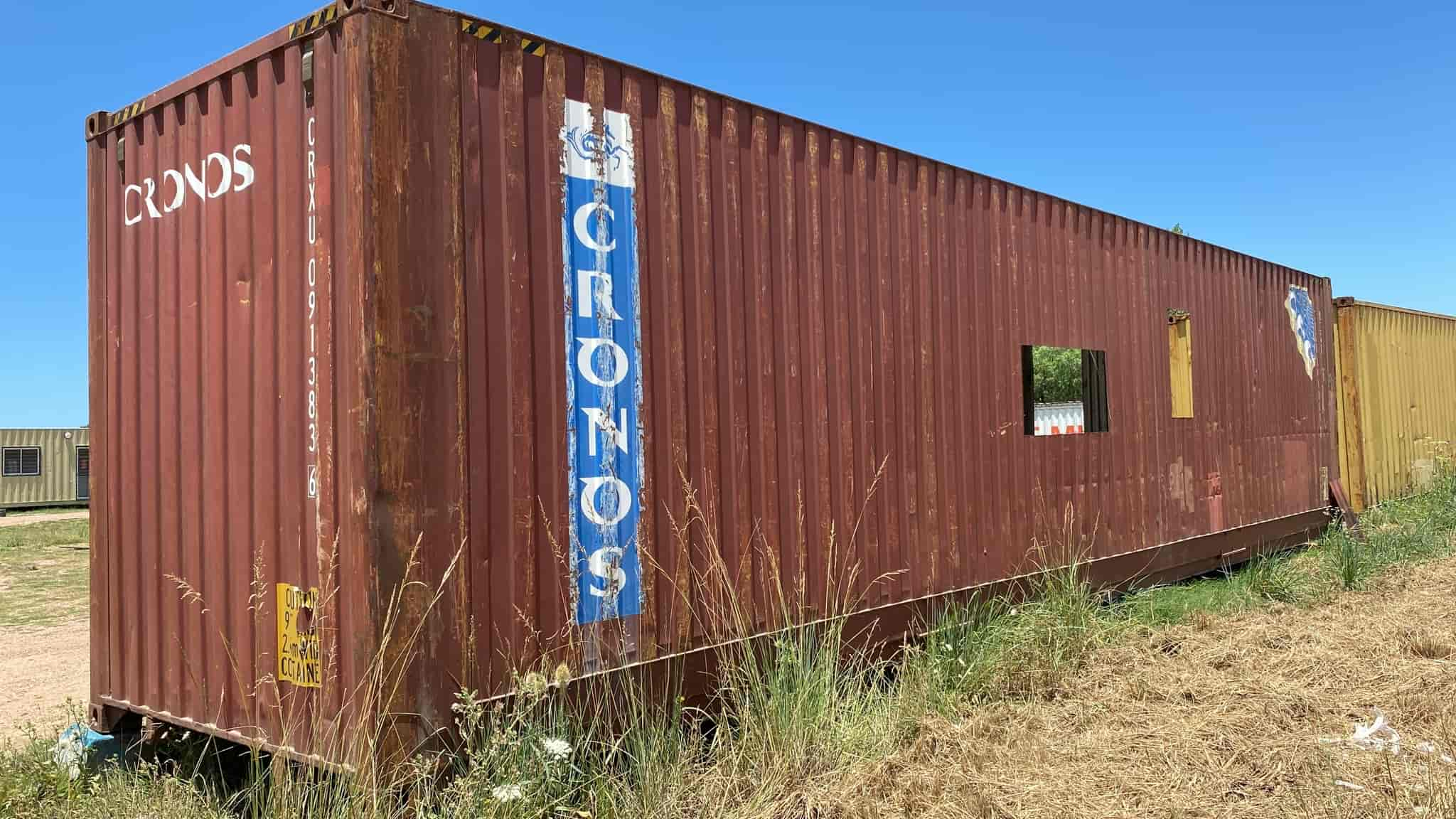
4 Building Codes and Regulations
Shipping container homes may not always comply with local building codes and zoning regulations. Many areas have strict rules regarding the use of containers for residential purposes. It’s essential to research and navigate these legal complexities to avoid potential problems with authorities.
5 Limited Aesthetics
The industrial look of shipping containers may not be appealing to everyone. While some embrace the raw, minimalist appearance, others find it unattractive. Additional exterior modifications may be required to achieve the desired aesthetic, incurring extra costs.

6 Challenges in Customization
Container homes can be challenging to customize. The rigid structure of the container can limit design possibilities. Extensive modifications may be required to create specific layouts or designs, adding time and cost to the project.
7 Transportation Costs
Moving and transporting shipping containers to your desired location can be expensive. The cost may vary depending on the distance and logistics involved. In remote or difficult-to-access areas, transportation can be a significant drawback.
8 Limited Accessibility
Shipping container homes can be less accessible for individuals with mobility challenges. Narrow doorways and the necessity to climb stairs in multi-level container homes may pose difficulties for some residents.
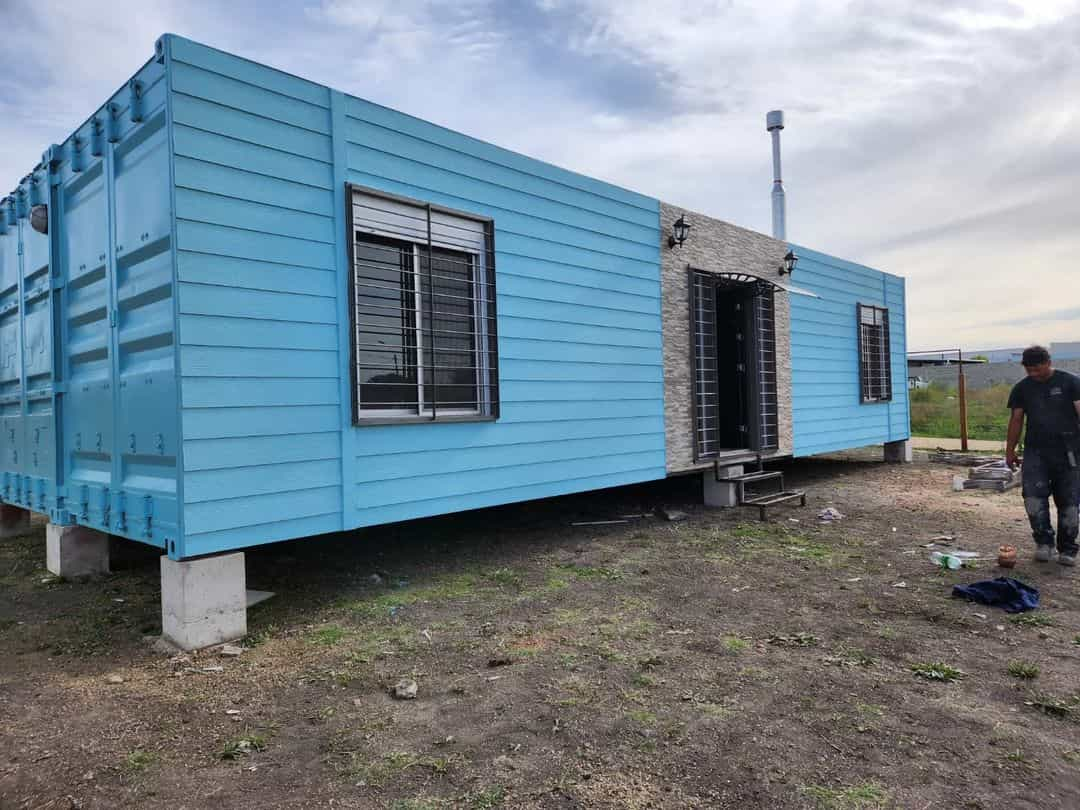
9 Resale Value
Reselling a shipping container home can be challenging, as it may have limited appeal in the real estate market. Potential buyers may be deterred by the unique challenges and limitations associated with container living.
In conclusion, while shipping container homes offer several advantages, they also come with a set of cons that potential homeowners should carefully consider. It’s essential to weigh these drawbacks against the benefits and explore alternative housing solutions that may better suit your needs and preferences. If you’re passionate about sustainable and unconventional housing, container living can be a fascinating adventure, but it’s crucial to be aware of the challenges and plan accordingly.

